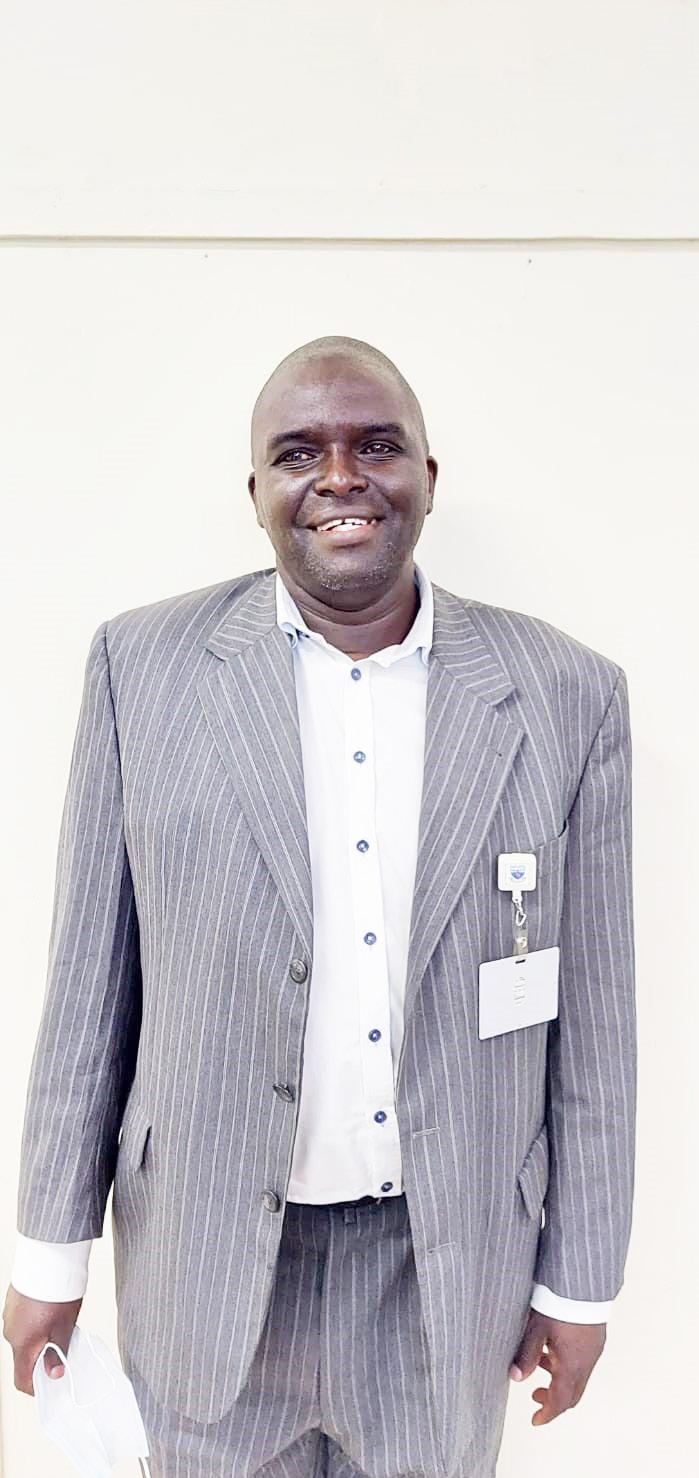
4 minute read
Demystifying Stock taking
By Peter Githua and Marian Moraa
Stock-taking is the physical verification of the quantities and conditions of items held in an inventory or warehouse in an organization. Kenyatta National Hospital is no exception.
Advertisement
Newsline spoke to Mr. Abdallah Ali Ofula – Ag. Director Supply Chain Management to get more insight on the stock-taking process within the hospital.
Q: Why is stock-taking important in KNH? Mr. Abdallah: There are various ways in which this process benefits the organization namely: • To provide an audit on existing stock • To establish discrepancies in stock value-i.e. surplus or deficiencies • To enable the hospital to establish the value of expiries • To establish the changing pattern in consumption of items • To enable the hospital to identify items that are obsolete or dormant • For financial purposes as the inventory, value forms part of the financial statement.
Q: When and for how long is stocktaking done in KNH? Mr. Abdallah: The physical stock count takes a maximum of two (2) days.
Q: What objectives are anticipated to be met during the stock-taking process? Mr. Abdallah: • To establish the physical value of stocks • To establish the condition of the inventory i.e. whether there could be some expired items. • To determine the changes in consumption patterns of items • To determine whether there are dormant or obsolete items
Q: When is stock-taking carried out? Mr. Abdallah: It is carried out end of January and the end of June every year. However, according to the Public Procurement and Asset Disposal Act 2015 Clause 162 (2), there is a requirement to have it done every quarter; hence the hospital has begun transitioning to comply with this requirement.
Q: How is stock-taking prepared and carried out? Mr. Abdallah:
Preparation Process • A request is sent to all departments to nominate people to participate in the exercise.
The participants nominated have technical input on items being counted, or can help in the verification process. The officers in stores (stockholders) indicate current prices on stock counting forms known as S16 forms. • An appointment for coordinators of the exercise is submitted for the
CEO’s approval. • A request for budget approval for meals based on catering department assessment is also sent for the CEO’s approval. • Requests are made to the director
HR to approve the hiring of casuals that help in the arrangement and cleaning of stores as most stocks are bulky and movement is not easy. • The coordinators meet and using the list of nominated members assign the officers to the various teams. The hospital has divided the various stores into 14 active stock-taking teams. • Each team has a team leader who reports to a coordinator who manages the operations of various teams. The overall exercise is managed by a chief coordinator.
Actual Exercise • The team leaders organize their members to carry out physical counting within two days.
Thereafter, the figures are inserted on the ledger cards (S3 cards) in a process called a ruling. Once this is completed, the document used for the physical count -S16 form is typed and a final report prepared for all the teams, showing the value of the stock.
Q: How does stock take affect the daily hospital operations? Mr. Abdallah: This exercise does not affect the functions of the hospital because the following measures are taken: • The users are informed through a memo before the start of stocktaking and advised to take enough stock to cover the period. • The suppliers are also informed of the impending exercise and request to deliver all required items before the commencement of the exercise. • Should there be an emergency; the Director of Supply Chain
Management can authorize receipt and issue of a specific item. • On completion of the physical counting within two (2) days, the chief coordinator can approve specific items required in an emergency.

The KNH main store
PHOTO | NICHOLASWAMALWA
MAIN PHOTO | NICHOLAS WAMALWA: Mr. Abdallah Ali Ofula – Ag. Director Supply Chain Management










